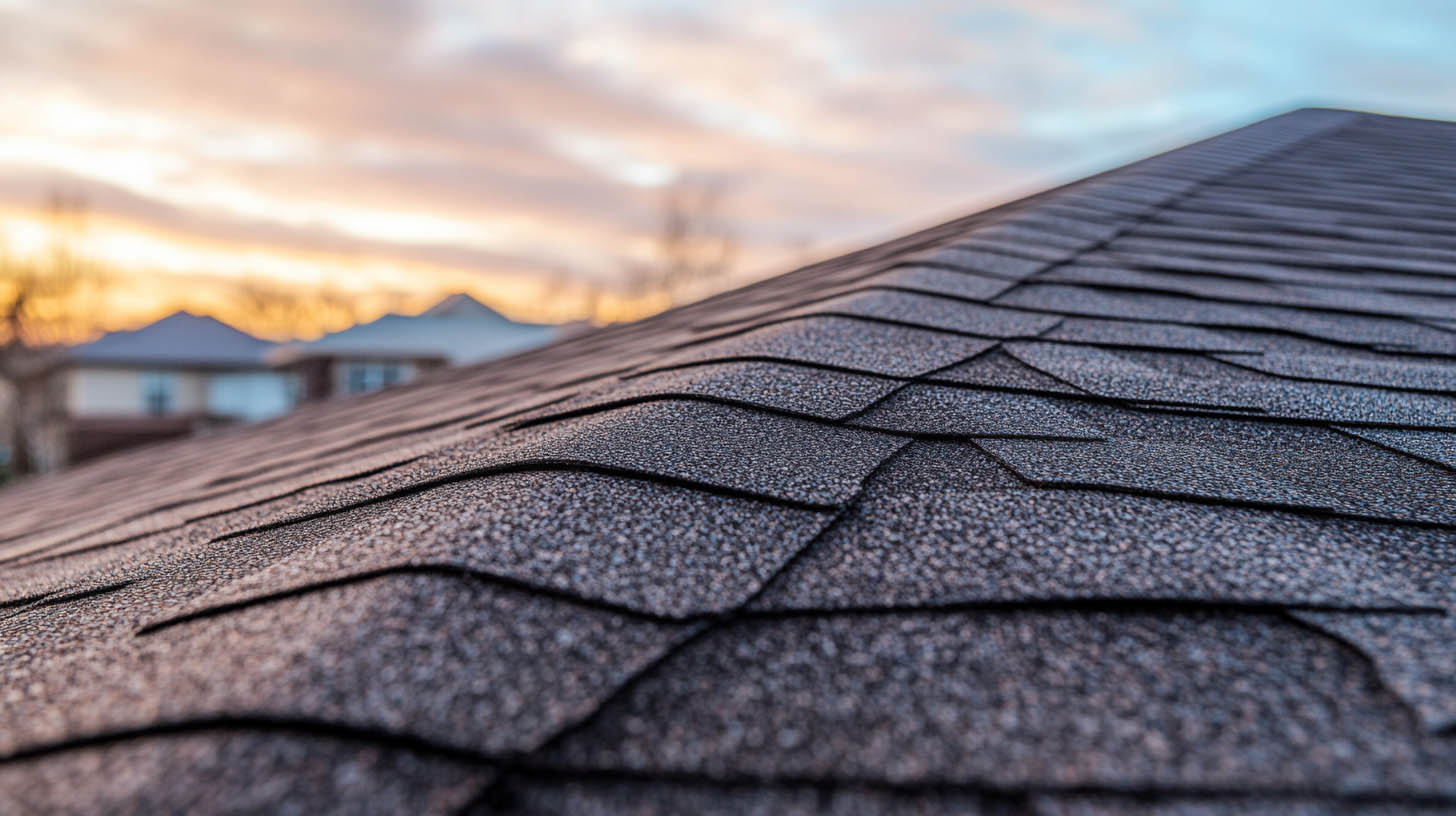
When it comes to roofing, understanding the differences between architectural shingles and traditional asphalt shingles is crucial. Rainstoppers Roofing in Charleston, WV, offers expert guidance and services to help homeowners make the best choice for their needs. Let’s explore the defining features, benefits, and considerations of each type.
Composition and Aesthetic Appeal
Traditional asphalt shingles, often called three-tab shingles, are single-layered and offer a uniform appearance. They’re known for their simplicity and affordability. Architectural shingles, however, are composed of multiple layers of asphalt and fiberglass, creating a dimensional, textured look that can mimic more expensive materials like slate or wood shakes. This aesthetic versatility makes them a favorite among homeowners looking for curb appeal.
Durability and Longevity
Durability is a standout feature of architectural shingles. Their thicker structure and layered design allow them to withstand harsh weather conditions, including wind and hail, more effectively than three-tab shingles. Architectural shingles often come with warranties of 30 to 50 years, while three-tab shingles typically offer 20 to 30 years. Architectural shingles endure winds up to 130 mph, compared to 60 mph for three-tab shingles.
Cost and Financial Considerations
Architectural shingles come with a higher upfront cost due to their materials and manufacturing process. However, their long lifespan and durability can offset this initial investment, reducing the frequency of replacements and repairs. Three-tab shingles remain the budget-friendly option, ideal for cost-conscious homeowners or short-term projects.
Installation and Maintenance
Architectural shingles require precise installation due to their weight and layered construction, which may necessitate additional structural support. However, their design is excellent at concealing imperfections and wear, resulting in lower maintenance demands over time. Traditional shingles are easier to install but may need more frequent maintenance and replacement due to their thinner composition.
Environmental Impact and Energy Efficiency
Modern versions of both shingles incorporate recycled materials, reducing their environmental footprint. Architectural shingles excel in energy efficiency by offering better insulation, which can lead to significant energy savings. Over their extended lifespan, they also generate less waste compared to traditional shingles.
Added Benefits: Fire, Moss, and Wind Resistance
Architectural shingles are highly resistant to fire and come treated to prevent moss and algae growth, ensuring a cleaner and more durable roof. Their thicker composition makes them more wind-resistant, a critical factor in areas prone to storms and high winds.
Enhancing Property Value
Homes with architectural shingles often command higher resale values due to their durability and superior aesthetics. They are an excellent investment for homeowners looking to enhance their property’s market appeal.
FAQs
What is the cost difference between traditional and architectural shingles?
Traditional shingles typically cost $2.50 to $3.50 per square foot, while architectural shingles range from $4.00 to $5.50 per square foot, excluding installation costs.
Do architectural shingles last longer than traditional shingles?
Yes, architectural shingles last 30 to 50 years, compared to 20 to 30 years for traditional shingles.
Are architectural shingles suitable for all roof types?
Due to their weight, architectural shingles require robust structural support and may not be suitable for all roof types without modifications.To find the right local metal roofing contractors, click here.
